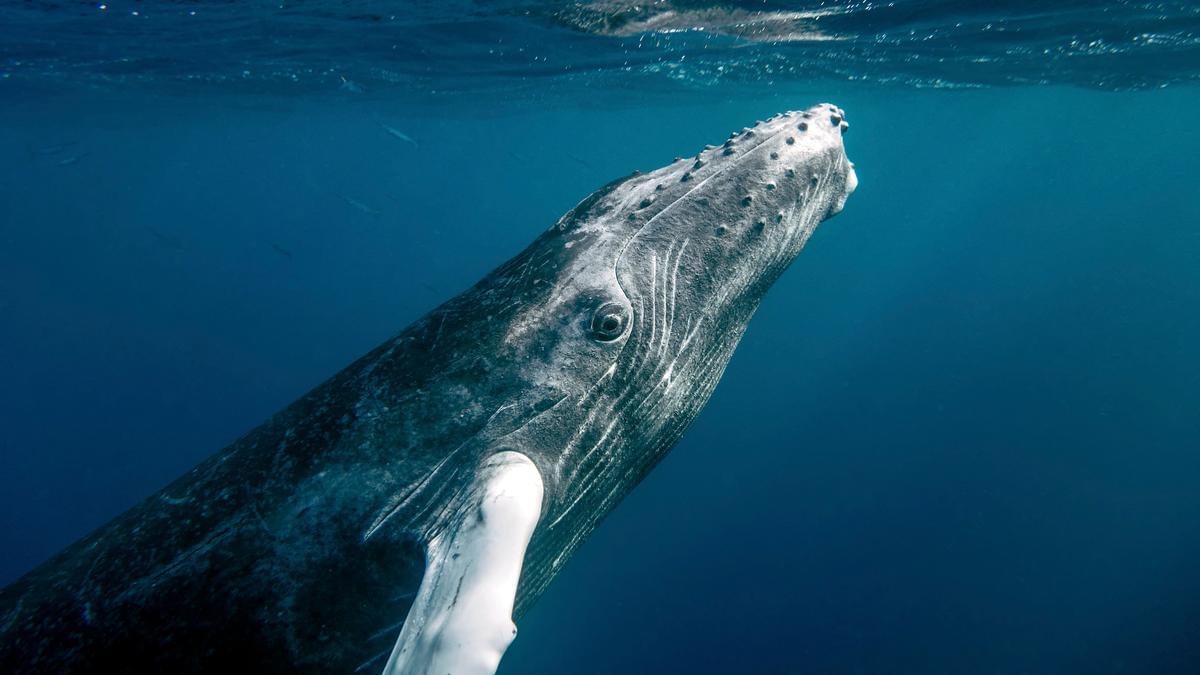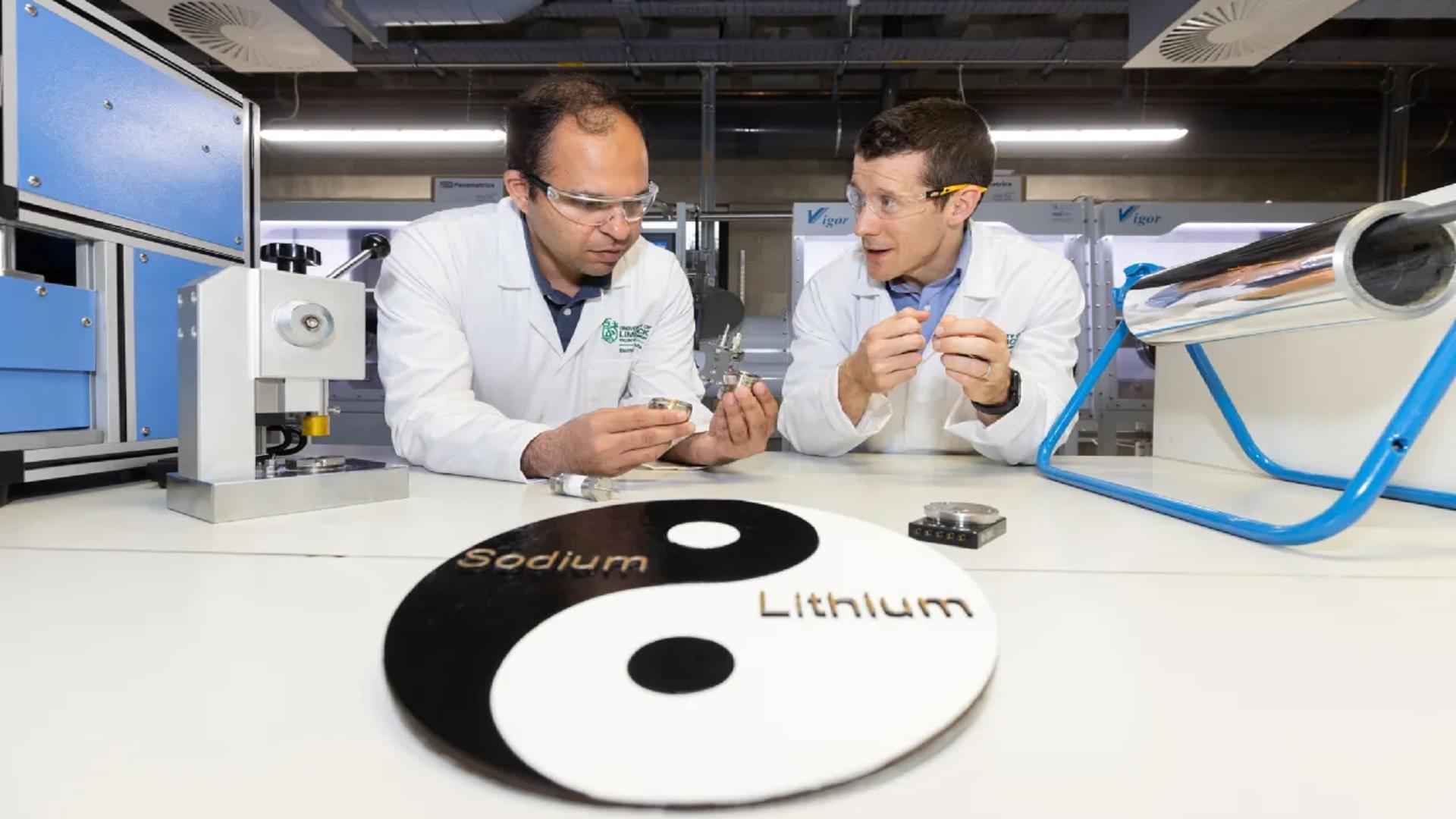
Category: futurism – Page 14

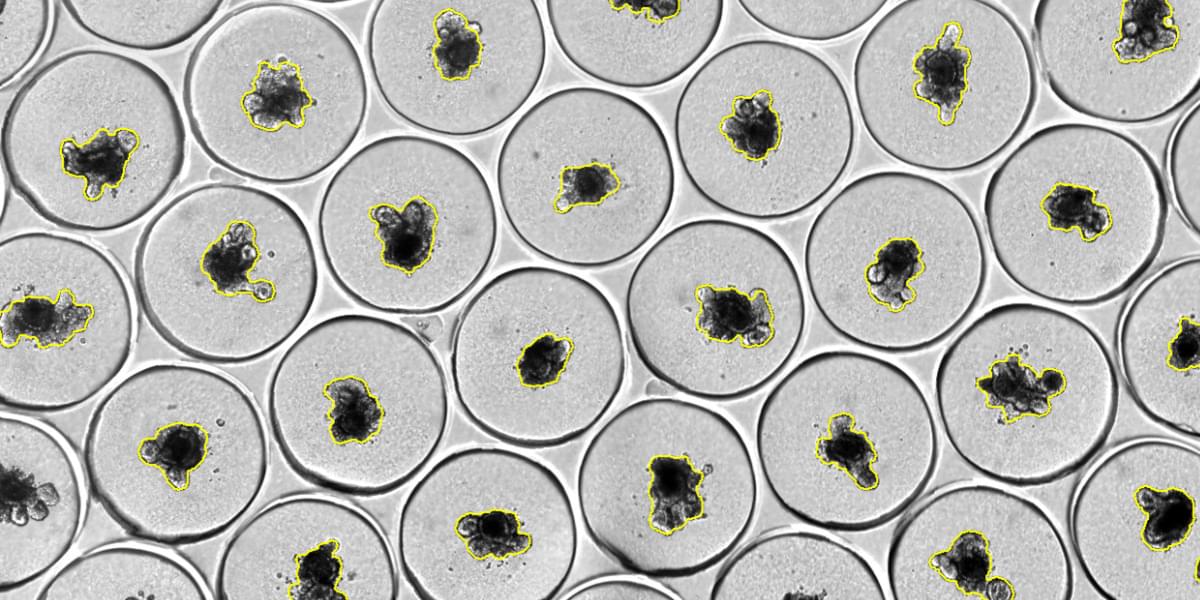
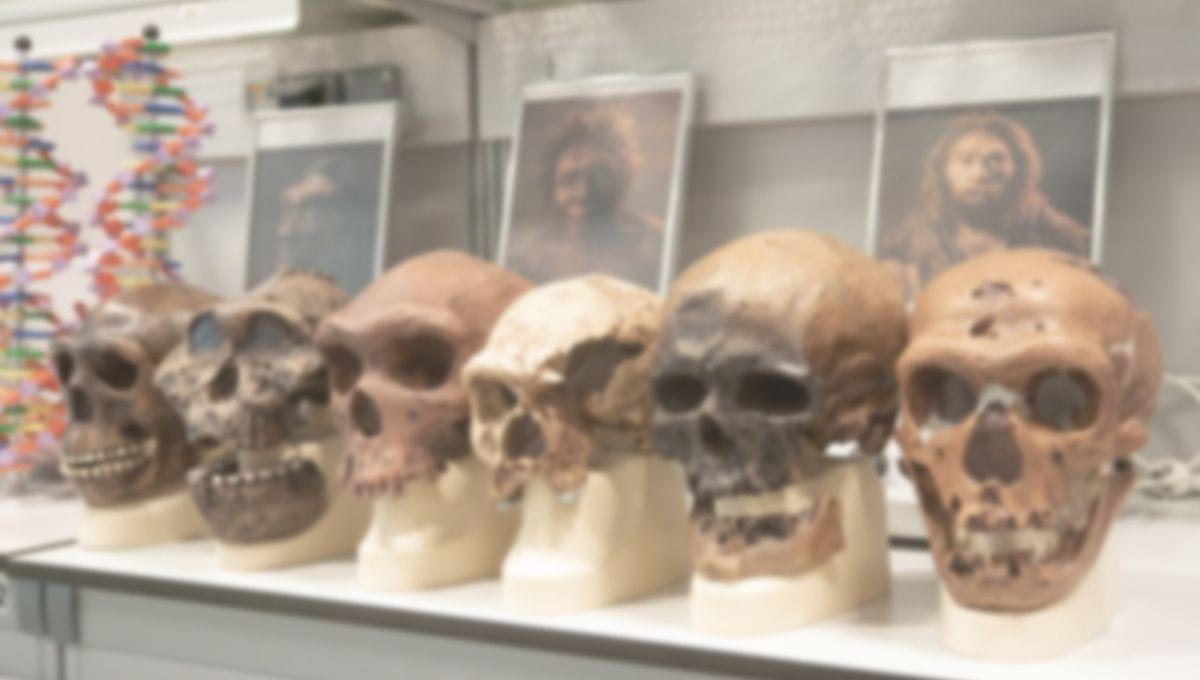


Scientists create a metal that does not break, rust, or melt
A new alloy made from chromium, molybdenum, and silicon – three metals known for strength, heat tolerance, and stability – breaks expectations by staying tough at room temperature while resisting oxidation even under extreme heat.
The study reports room temperature ductility, oxidation resistance in air to 1,100 C, and a melting point near 2,000 C.
NVIDIA Embraces the ‘Made in USA’ Narrative, As Jensen Huang Unveils the First Blackwell Chip Wafer Produced by TSMC Arizona
NVIDIA’s CEO has revealed that TSMC has produced the first Blackwell chip wafer in America, a massive development towards the future of manufacturing in the nation.
Since the Trump administration took office, efforts to bring manufacturing back to the US have influenced almost every tech giant, with NVIDIA leading the way. The firm announced plans to invest $500 billion in American manufacturing, prompting suppliers like Foxconn and Quanta to set up manufacturing facilities in the US. In a blog post shared by Team Green, it is revealed that TSMC Arizona has begun manufacturing Blackwell on American soil, and Jensen Huang himself paid a visit to Phoenix to celebrate this massive achievement.

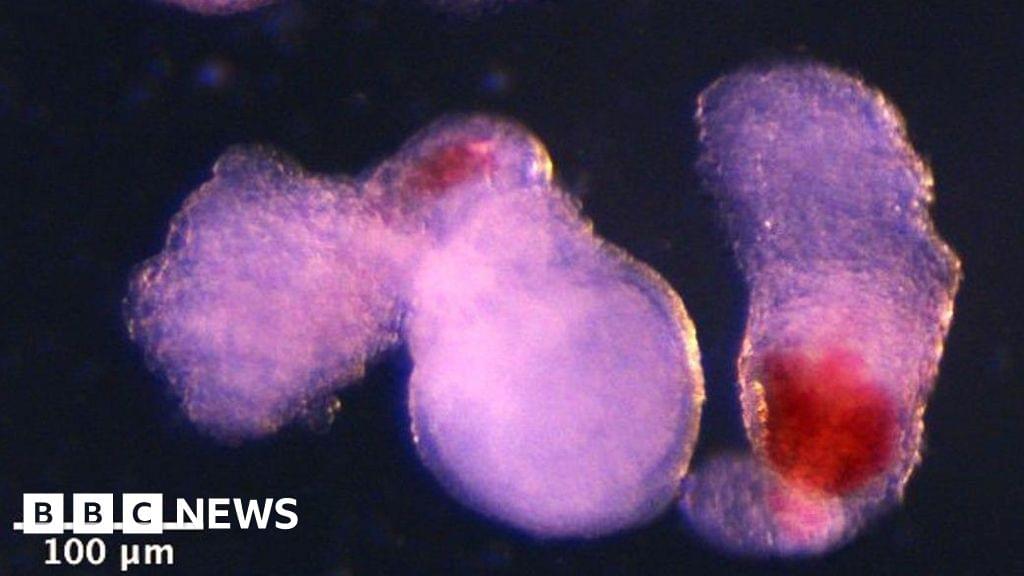
Cambridge lab-grown human embryo model produces blood cells
Prof Azim Surani, senior author of the paper, said: “Although it is still in the early stages, the ability to produce human blood cells in the lab marks a significant step towards future regenerative therapies — which use a patient’s own cells to repair and regenerate damaged tissues.”
Human blood stem cells, also known as hematopoietic stem cells, are immature cells that can develop into any type of blood cell.
These include red blood cells that carry oxygen and various types of white blood cells crucial to the immune system.
